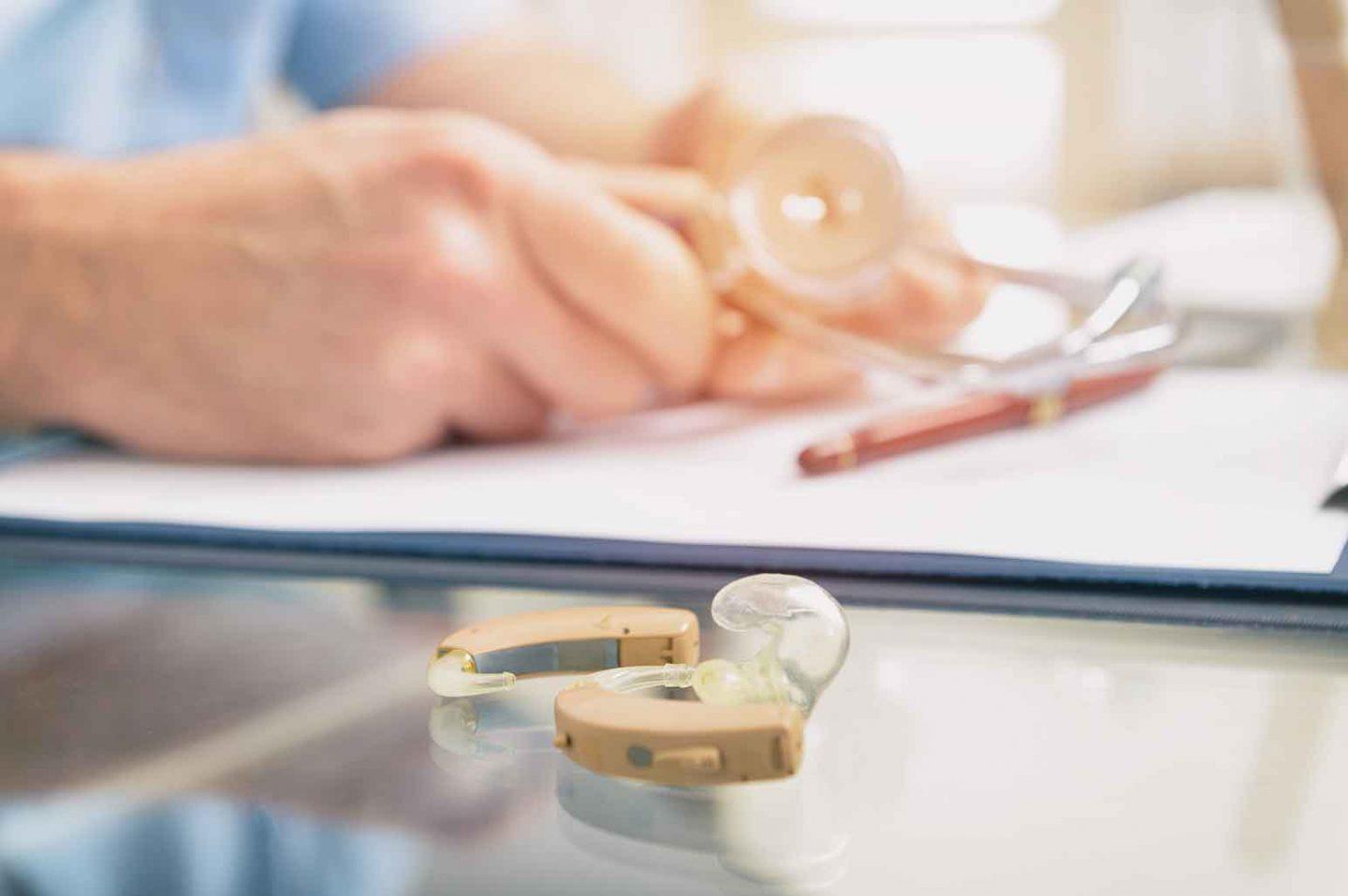A disability can have a massive impact, and in some cases, it can mean that your life will never be the same again. There are many different forms of disabilities, and the seriousness of these disabilities may differ. Technology has come a long way, and many people are striving to find better ways to assist people with living with their disabilities. Listed below are some examples of assistive technologies whose main goal is improving the quality of life for disabled individuals.

- Mobility aids
The first-ever mobility aid is probably the cane that can be dated back for many years. It was something that a person can lean on when they are having trouble walking. An improved version of this is crutches that you will see a lot of in hospitals. Even though these are good mobility aids, it requires the use of your upper body to assist you. In difficult situations where someone is struggling a lot with a mobility disability, there are many forms of wheelchairs and scooters that can assist you. Prosthetics is also a good mobility aid for someone that had amputation surgery.
- Hearing aids
Suffering from hearing loss does not necessarily mean that a person has no hearing at all. In some cases, it means that a person has lost some hearing function due to various reasons, and their hearing quality is not the same as the everyday person. Companies are currently researching ways in which a safe operation can be executed to improve a person’s hearing ability. An alternative and cheaper option is hearing aids for severe hearing loss.
- Computer software and hardware
Computers and software are very efficient aids for people with severe disabilities. Probably the most common example of where computers and software assisted a disabled person is with Stephen Hawking’s situation. His condition meant that he was unable to be mobile as well as his ability to speak. Even though his condition was devastating, it did not affect his mind, and he was able to communicate with a synthetic voice through the use of computers and software.
- Physical modifications
Technology is being used in various ways to make places more accessible for disabled people. These features assist disabled people in reaching their destinations and in continuing to live their everyday lives, whether it is something as simple as a ramp at an entry or something as futuristic as a specialized lift installed.
The future is definitely technology-driven, and the evolution of technology is not going to stop any time soon. Assistive technologies will only improve over the years to come, and the hope is that everyone can receive the assistance they need. It is good to see that society is working together and helping disabled people to live a life that they would remember and enjoy. We have to stand together in this modern-day world and lend a helping hand to those who are calling out to it.